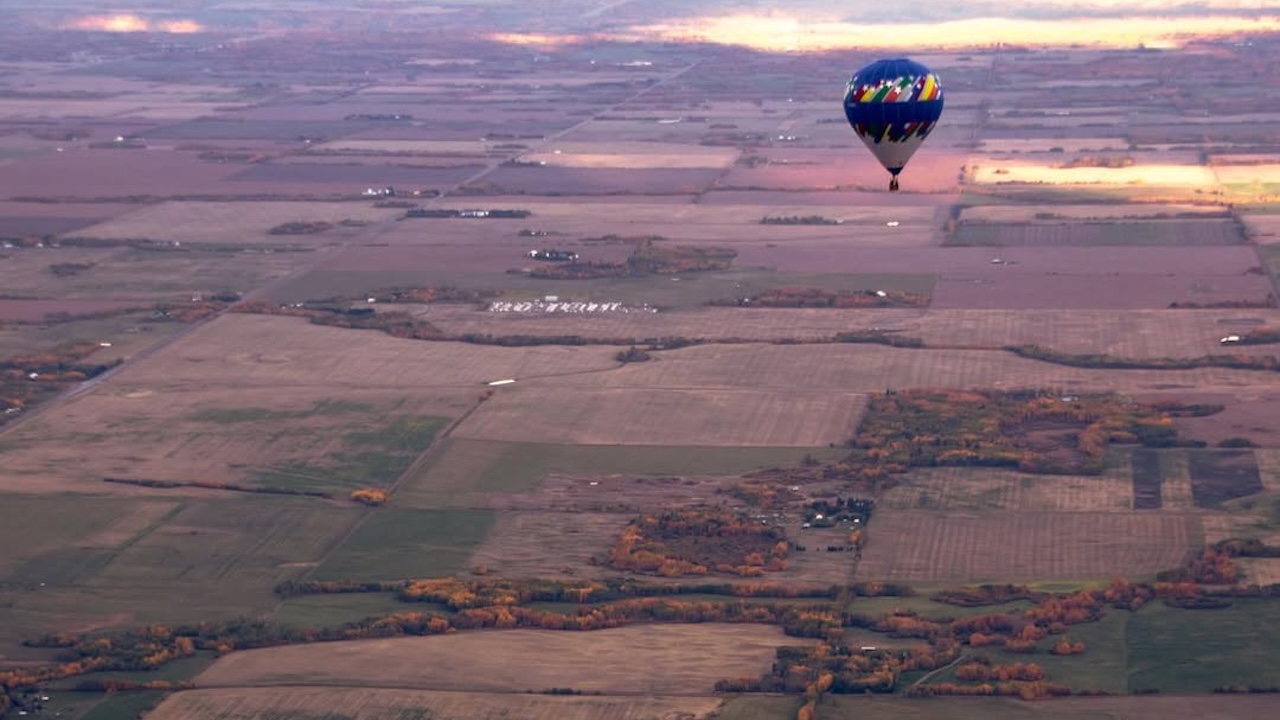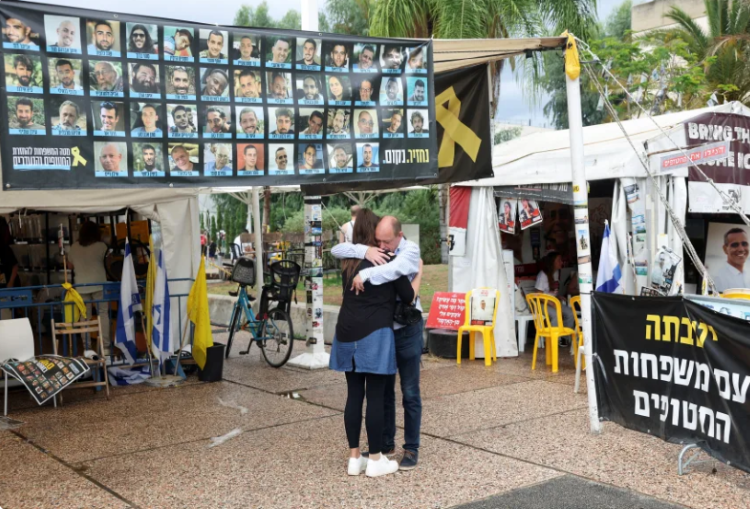I’m so thrilled but also perhaps at a loss for words welcoming audiences to Leslie Ting’s latest work WHAT BRINGS YOU IN because to me, Leslie’s work often defies strict definition, living in a world of performance, contemporary music and installation. Leslie is an absolutely fascinating artist, a former optometrist, and accomplished violin player with artistic visions of experience and engagement that are as unique as her artistic path.
I believe the title of Leslie Ting’s latest work WHAT BRINGS YOU IN In stems from the question often asked of someone by a therapist when they enter into therapy. Gentle, yet probing, it could be a question but for Leslie’s chosen title, there is no question mark. It could be a statement. As a theatre curator and programmer, it is such an intriguing concept from an audience spectatorship perspective: What is it that brings you into a darkened space, to share intimate, profound moments in a room full of others? What calls us to gather together in community for theatre?
Leslie’s work has always been in relationship with her own narrative. Her first iterative work, SPECULATION was slated to have its theatrical debut at TPM in 2021, was about her mother’s passing and her simultaneous vision loss. Using music and projection that simulated that vision loss, Leslie’s piece was both a moving allegory and a one-of-a-kind experience. Alas, an in-person show was scuttled by the omicron variant, and Leslie pivoted her work to a filmed version which TPM presented, and eventually even ‘toured’.
In Leslie’s latest work WHAT BRINGS YOU IN, again defies genre, but strongly roots itself in contemporary music experiences, the artist once again looks to the personal: reflecting on her own pathways of healing, of self-discovery, or her relationship to the violin. Crafted and held with original commissioned pieces, performed by Leslie, as well as percussionist Germaine Liu, the work creates a collective sharing listening experience. For the past several years, TPM has supported development through BUZZ, as Leslie continued to explore the many facets, the different conversations, and the nuances available in her original blend of multiple elements to generate this shared transformative show.
Once, in a previous workshop I asked Leslie, what the heart of the show was. She answered that it was “The music. It has always been the music.” I loved that answer – that the performance and experiential weight was held and carried by the music. It’s an approach that I also share, (with a career also in contemporary opera.) I find that there is something extended and transcendental about the way music and voice can convey emotion and nuance that is often not possible with text alone. Indeed, when I became Artistic Director, I always felt that Theatre Passe Muraille could be home to more works that explore and extend a more nuanced role for music aside from in opera and music theatre settings.
Some of the TPM projects, with more alternative uses of music included:
TRACE by Tristan R. Whiston and Moynan King – This 2023 work was built around Tristan’s soprano recordings before and during the artist’s transition and explored finding the way to harmonize with one’s own former voice, and ultimately their own past self. Here, music and Tristan’s own singing was the metaphor used to share Tristan’s great effect.
In THE YEAR OF THE CELLO, a storytelling concert piece, created by myself and composer Njo Kong-Kie, the solo cello (Bach as well as original compositions) very much holds the narrative weight of the three characters, including that of the Cellist, who is a catalyst in the small, private lives of Wen, and Li-An, two women in Hong Kong in the 1920s. Cello both serves as the means for transcendent communication as well as the narrative and emotional climax with a 10 minute virtuosic solo. The cello solo becomes what is needed for the characters to both heal and perhaps finally move on from loss.
NEVER THE LAST created by Christine Quintana with violinist Molly MacKinnon, tells the story of composer and violinist Sophie-Carmen Eckhardt-Gramatté and her volatile relationship with abstract painter Walter Gramatte. Woven with text and violin, the work allows for Eckhardt-Gramatté’s compositions to juxtapose themselves against the journey of the couple’s relationship, giving the audience the opportunity to reflect and draw their own conclusions on couple’s status in their time together.
What these pieces share amongst them is their ask of the audience during the music, which is to simply listen, and allow the music itself to take the dramatic weight and guide in the experience. However, what distinguishes those past three works at TPM, with WHAT BRINGS YOU IN, is that those works were strongly narrative, even if inspired by true events. In Leslie’s work, the narrative is in the present, in you, the audience member’s engagement with the music. There is no over-arching ‘story’ in the traditional theatre sense, but rather the creation of the work is through the listening. Not unlike the ask in therapeutic settings, the ask of the audience from this work – is to be present. To allow for the space to be reflective. To do so in a communal setting. And of course, open our ears to what is possible.
Enjoy.








![9th Oct: Only We Know (2025), 1hr 40m [TV-MA] (6/10)](https://occ-0-533-1007.1.nflxso.net/dnm/api/v6/Qs00mKCpRvrkl3HZAN5KwEL1kpE/AAAABVz7uh3UvURNsY4l109qaIc0aLKV-fOcG9HfYQ9-572oKxYvi6dYxSIh_T0GYqmuR3cNk9rwwfNhTYSapMSOQ3G-BYAfgnQuPc0QBdgzLUrmV3BHq7sJIcQ9ola8Fm7IEtOGub1eXds1qdPWHpxSlreIjCyeqPQoA3eIQmopS59x0Q.jpg?r=008)





